There are a lot of things that go into the making of a successful ecommerce business.
There is branding, product listing, design, customer service, and many more aspects.
It can often feel impossible to keep track of your progress when it seems like there are so many areas to work on. That’s where key performance indicators (or KPIs) can help – they give you concrete breadcrumbs to follow in order to determine whether or not your business is heading towards success.
Whether you’re a seasoned ecommerce veteran or just getting started–tracking key performance indicators (KPIs) is an essential part of your marketing strategy.
Key performance indicators (KPI) are measurements designed to help measure business success. They are used to identify the factors that drive the success of your business.
They can help you see what is working, and what isn’t and identify any changes you need to make.
Key Takeaways:
KPIs can help you measure success in e-commerce, but first figure out what your objectives are and then choose KPIs that align with those goals. It is essential to keep in mind that different industries and businesses have different KPIs.
Key performance indicators give you an overview of your business’s performance over a set period. This can help you identify any issues and make changes to improve your company’s bottom line. They may also offer insight into the effectiveness of specific marketing tactics or advertising campaigns, as well as provide information on customer trends, which is helpful for strategic planning.
Metrics are numbers. KPI metrics are an important management tool for your business. They help you ascertain what actions to take, and whether or not those actions were successful.
What Is A Key Performance Indicator (KPI)?
A key performance indicator (KPI) is a type of performance measurement used to evaluate the performance of a specific aspect of an organization, project, or process.
The purpose of a KPI is to provide a quantitative measure of how well an organization or a project is doing in achieving its objectives and goals.
What Is The Difference Between Metrics And KPIs?
Although the terms metrics and key performance indicators are somewhat similar and are often used interchangeably, they are not the same. Metrics are a wide range of measurements that can be used to assess many processes and activities inside a business.
For instance, there are sales-related metrics and marketing-related metrics that are important to track to understand the performance of respective aspects of the business.
Key performance indicators, on the other hand, are specific metrics that are selected to track the company’s progress toward its objectives as well as make strategic decisions. The word “key” refers to the chosen indicators being critical in achieving the goals that the business has set.
What Are Ecommerce KPIs?
Ecommerce KPIs are metrics that are specific to the ecommerce industry. They are designed to provide insight into major areas of the online retail business such as sales, online marketing, customer service, and others.
Here are listed most common E-commerce KPIs. You will find a more detailed explanation and a method of calculation of the metrics below.
Conversion Rate: The percentage of website visitors who complete a desired action, such as making a purchase or signing up for a newsletter.
Customer Lifetime Value (CLTV): The total value a customer is expected to bring to a business over the course of their lifetime.
Customer Retention Rate: The percentage of customers who make a second purchase or continue to do business with a company over a given period of time.
Annual Repurchase Rate: The percentage of customers who make a purchase in a given year. It is calculated by dividing the number of customers who made a purchase in the past year by the total number of customers in the same period.
Average Order Value (AOV): The average amount spent per purchase. AOV helps businesses identify and prioritize product and pricing strategies.
Net Profit: The total revenue minus all expenses, including the cost of goods sold, marketing expenses, and operating costs.
Cart Abandonment Rate: The percentage of shopping carts that are abandoned, or not completed, during the checkout process.
Checkout Abandonment Rate: The percentage of users who start the checkout process but do not complete their purchase.
Add to Cart Rate: The percentage of website visitors who add items to their shopping cart.
Orders Per Active Customer: The number of orders placed per active customer over a given period of time.
Gross Merchandise Volume (GMV): The total value of all goods sold through an e-commerce platform. This includes all sales revenue from products, shipping, and handling but excludes returns and discounts.
Return on Investment (ROI): A measure of how much return is generated on a particular investment, expressed as a percentage of the initial investment.
Return on Ad Spend (ROAS): A performance metric that measures the revenue generated per dollar spent on advertising.
Return on Marketing Investment: Similar to ROI, but specifically measures the return generated from marketing expenses.
Cost Per Acquisition (CPA): The cost of acquiring a new customer through marketing and advertising efforts. This includes costs such as the cost of goods sold, marketing expenses, and operating costs.
Customer Acquisition Cost (CAC): Similar to CPA, but it accounts for all costs incurred to acquire a customer, including marketing expenses, salaries, and other overheads.
Average Profit Per Customer: The average profit earned from each customer over a period of time, factoring in the cost of goods sold, marketing expenses, and operating costs.
Revenue Per Site Visitor: The total revenue generated per site visitor, calculated based on the number of purchases and the amount spent on each purchase.
Time on Site: The amount of time, measured in seconds or minutes, that a visitor spends on a website.
Bounce Rate: The percentage of visitors who leave a website after viewing only a single page.
Pages Per Session: An engagement metric that measures the average number of pages viewed during a single session on a website.
Organic Search Rankings: The position of a website or web page in search engine results for relevant keywords.
Customer Satisfaction: A measure of how well a company is meeting the needs and expectations of its customers.
Why Are KPIs So Important In Ecommerce?
Online retail businesses often have specific goals and objectives such as increasing revenue or expanding the product line. Monitoring the right KPIs is so important for several reasons:
KPIs help to understand at which stage the business is in achieving its goals and objectives.
KPIs assist you in identifying which areas need more attention and where the efforts should be focused.
Analyzing KPIs supports more informed decision-making.
They may help you find answers to questions like “Where should the resources be allocated?” or “How company strategies should be optimized to drive better results”?
There are many different KPI metrics for ecommerce that are used to monitor progress toward goals in different areas of the business.
Let’s now deep dive into essential ecommerce KPIs in each category.
What Are Essential Sales-Related KPIs?
-Conversion rate (CR) is the percentage of visitors who make a purchase (or complete another action that you want visitors to complete).
CR is calculated by dividing the total number of conversions by the total number of store visitors. This KPI shows you at what rate people are buying from you. Although the value varies from industry to industry, the average conversion rate for ecommerce is around 3.65%. If your conversion rate is low or decreasing, some conversion rate optimization programs may help. -Average order value (AOV) is the measure of the average amount of money a customer spends on each order in your store. It is calculated by dividing the total revenue of some period of time by the total number of orders in that period of time. A high AOV is a good sign that you’re boosting your revenue per sale. Sales growth is used to measure the increase or decrease of the sales over some period of time. It is calculated by subtracting prior period sales from the current period sales, then dividing by the prior period sales. Marketing-related ecommerce KPIs will give you an idea of how effective your marketing efforts are. You can get answers to questions such as “Which products are selling better?” and “Why is it so?”, or “Who are buying them?”. Knowing the answers to these questions will help you make more informed marketing decisions. Let’s take a look at some of the most important marketing-related KPIs. -Website traffic KPI refers to the total number of visits to your ecommerce website. More site visitors means more potential leads who can be turned into customers. Tracking this KPI will give you information about your visitors, and you can use it for creating marketing campaigns that target the right audience. -Digital marketing ROI (return on investment) assesses monthly and annual marketing performance. It is an important metric that helps you decide whether to continue with your chosen marketing strategy or switch to another. It can be calculated by subtracting marketing investment from sales growth, then dividing it by marketing investment. -Customer retention rate (CRR) is an essential KPI that shows you whether clients are coming back to your store. This metric is directly linked to customer satisfaction and loyalty, and it is important to investigate what is it that drives them to stay or leave. -Bounce rate tells you how many users exit your site after viewing only a single page. It is an important metric that provides you insights into the effectiveness of your website in engaging and retaining visitors. -Traffic source tells you where visitors to your site are coming from. This will provide information about which channels are driving the most traffic, such as organic search, and paid ads, or social media. Tracking this KPI helps make better decisions about where more resources should be allocated. -Email click-through rate (CTR) tells you the percentage of visitors who clicked on a link in the email after opening. It is an important metric that measures the success of an email marketing campaign. It can be calculated by dividing the number of clicks on a link in an email by the number of times that email was delivered. - Social media traffic, engagement, and related KPIs tell you how actively your followers or fans are interacting with your brand on various social media channels. These could be the number of followers or subscribers, profile impressions, profile reach, comments, engagement rates, and others. Many of the social media networks have built-in tools that track and analyze this information for your ecommerce business. Tracking customer service KPIs is useful for many reasons: it can help improve customer satisfaction, identify trends and patterns in customer behavior, and benchmark your business performance against industry standards and against your own historical performance. Working on improving customer service-related KPIs can also help you increase customer lifetime value and reduce customer acquisition costs. Here are some customer service KPIs you may want to choose. Manufacturing KPIs are related to your supply chain and all the production processes. Keeping an eye on these KPIs is a great way to see where the efficiencies and inefficiencies lay, keep track of product quality and identify where it can be improved, reduce costs and measure the overall performance of the manufacturing aspect of the business. Here are the most commonly measured ecommerce KPIs for manufacturing. Since ecommerce businesses have different ongoing projects and initiatives which all have goals, processes, and workflows, it is important to select the right project management KPIs that will help you stay on track and measure the performance of your teams. Here are some essential project management KPIs you may want to monitor. Suppose you have recognized the importance of KPIs tracking. But how to choose the right ecommerce KPIs for your business?
The first thing you want to do is to clearly state specific goals you want to achieve in your business. Then you want to identify which aspects of business impact those goals and objectives. After that, you need to choose a few related KPIs that align with your goals the most.
Once you have selected your KPIs, you need to start monitoring them daily (or weekly, monthly). Lastly, in order to improve your business performance, you will need to take actions based on the data from tracking your KPIs. Here are some more tips for choosing the right KPIs: Select just a few, most relevant KPIs. Understand which business model you leverage as well as in which business stage your company is. Prioritize actionable KPIs - those which are directly influenced by actions you take within your business. Establish a baseline for each KPI you choose to track. Reevaluate your KPIs regularly (monthly, quarterly) when there are changes in goals and/or strategies. To conclude, KPIs are crucial as they identify factors that drive the success of your ecommerce business. Monitoring them helps you to stay on track with achieving your goals and objectives. They assist you with understanding what is working, and what isn’t and with making timely and informed decisions to improve your business.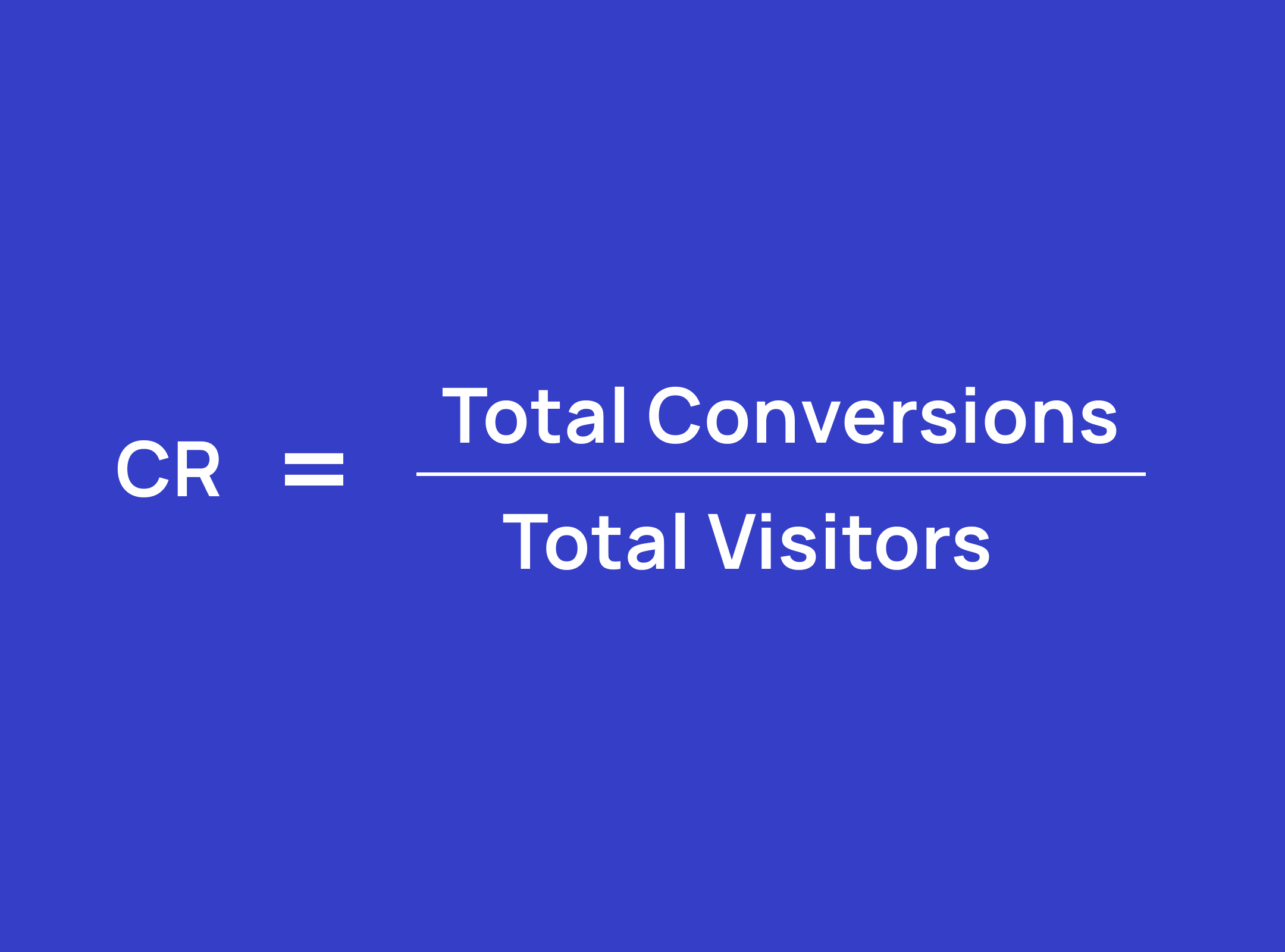
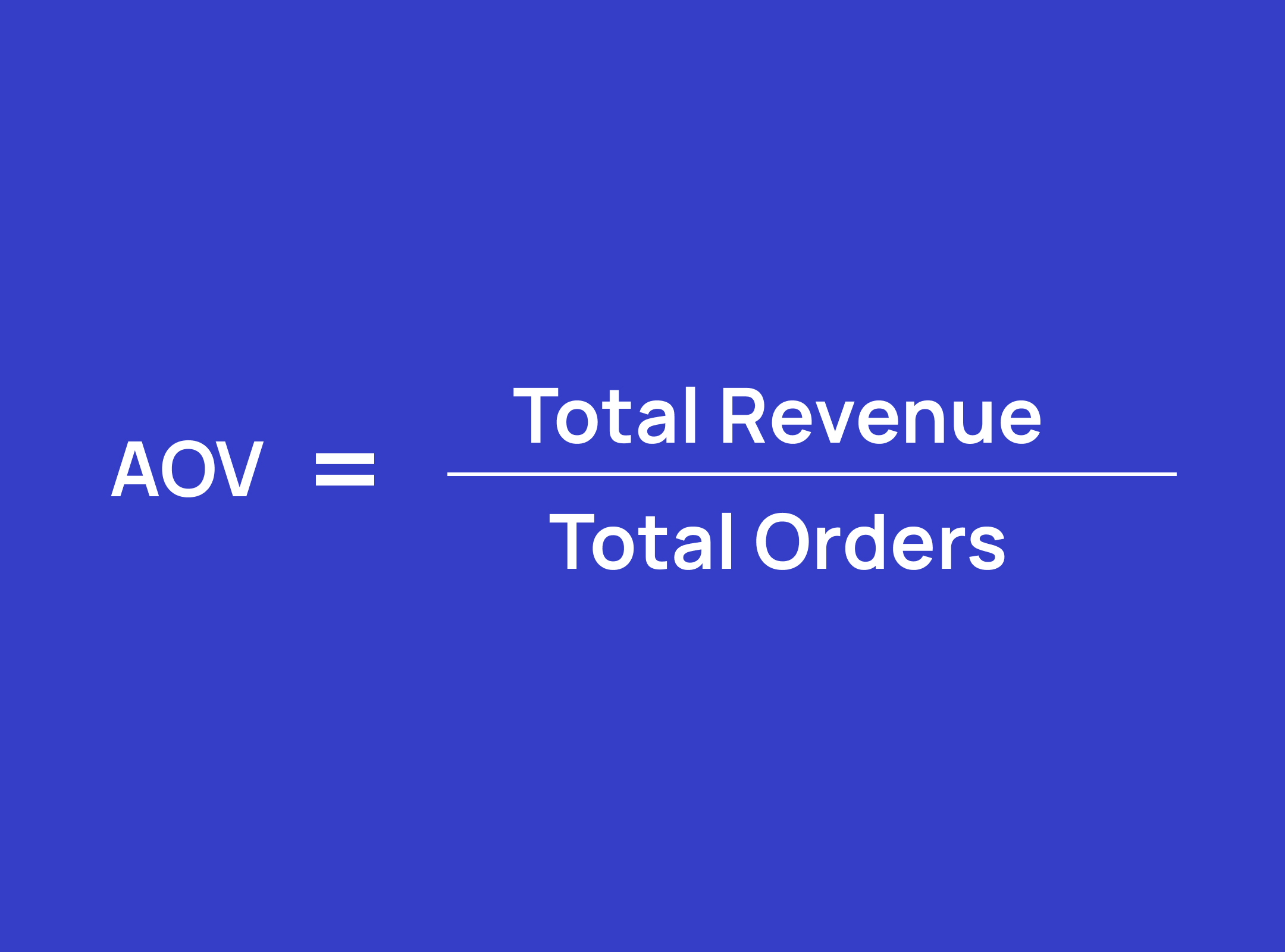 -Customer lifetime value (CLV) ecommerce KPI predicts the total amount of money a customer will spend on a company’s products over the course of their lifetime. CLV can be calculated by multiplying the average order value (AOV) by the average purchase frequency rate and the average customer lifespan. For example, if your average customer spends $150 per order, purchases from you 5 times a year, and continues to be your customer for 15 years, then your average CLV is 150 x 5 x 15 = $11250.
-Customer lifetime value (CLV) ecommerce KPI predicts the total amount of money a customer will spend on a company’s products over the course of their lifetime. CLV can be calculated by multiplying the average order value (AOV) by the average purchase frequency rate and the average customer lifespan. For example, if your average customer spends $150 per order, purchases from you 5 times a year, and continues to be your customer for 15 years, then your average CLV is 150 x 5 x 15 = $11250.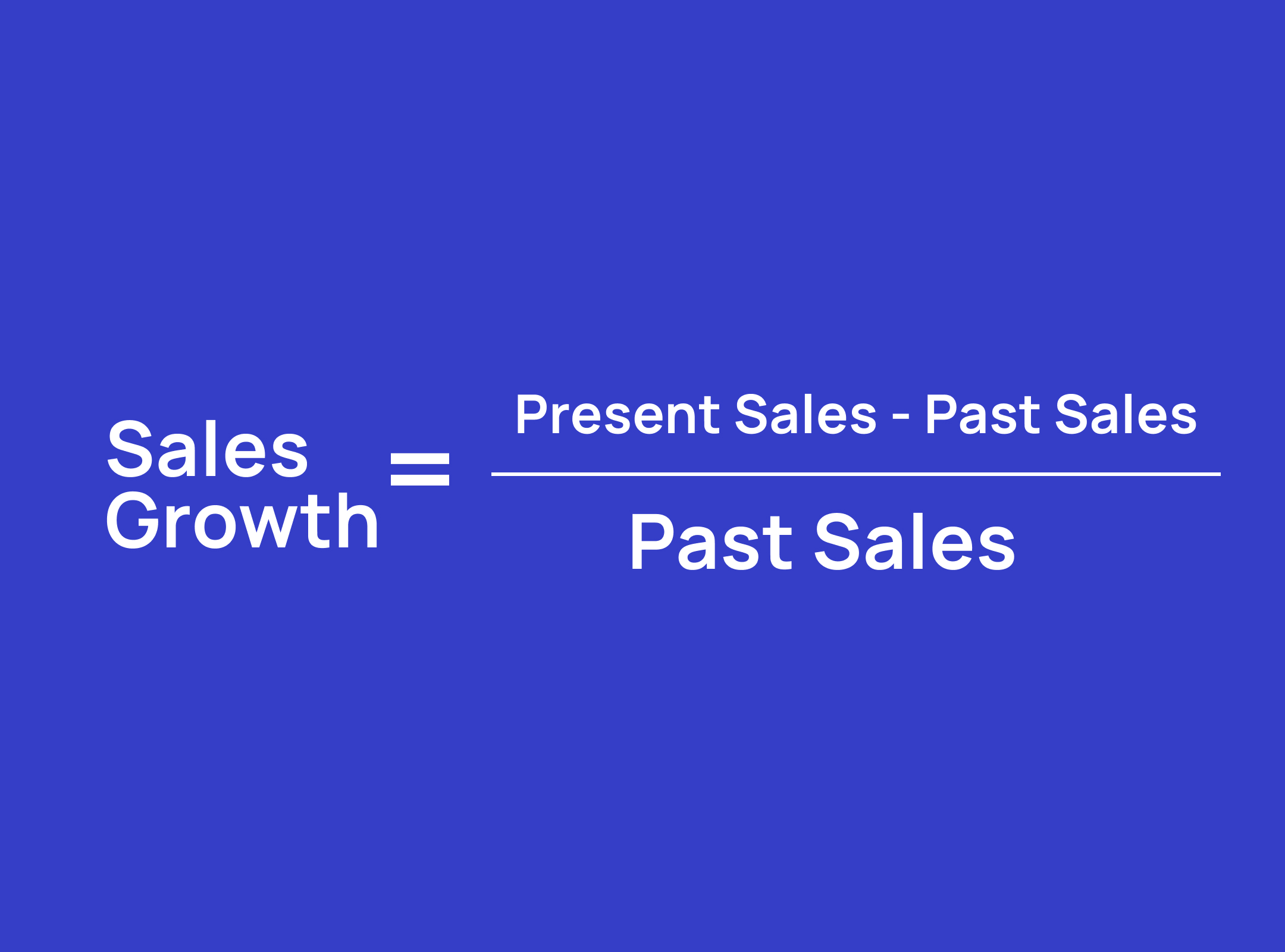 -Gross profit It is another important e-commerce KPI that helps entrepreneurs to plan ahead. It is calculated by subtracting the total cost of sold goods from total sales.
-Gross profit It is another important e-commerce KPI that helps entrepreneurs to plan ahead. It is calculated by subtracting the total cost of sold goods from total sales.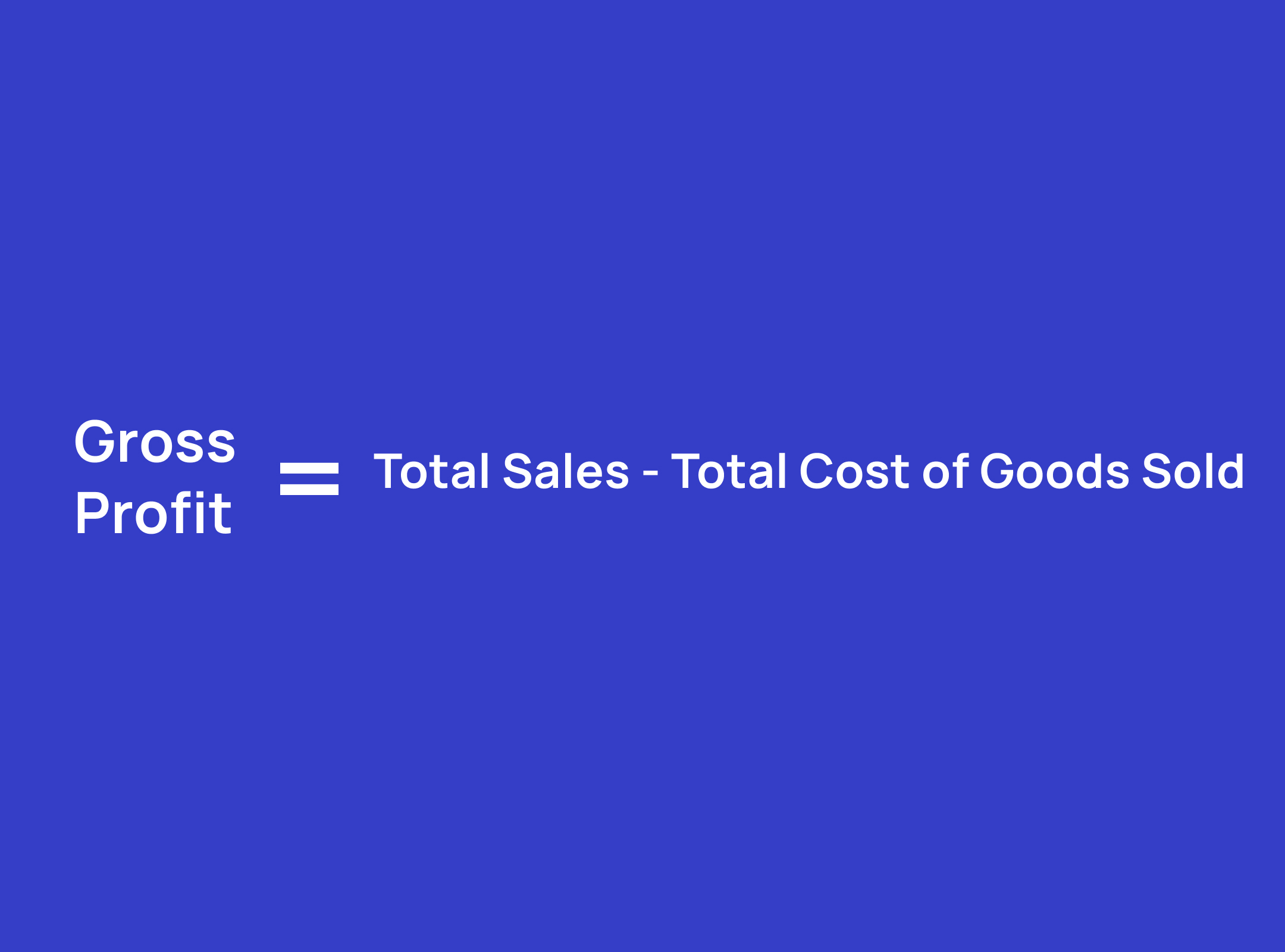 -Customer acquisition cost (CAC) tells you how much your company typically spends on acquiring a new customer. The lower your acquisition cost is, the better. This metric can be found by dividing your total sales and marketing spending for a given period of time by the number of new customers acquired during that period.
-Customer acquisition cost (CAC) tells you how much your company typically spends on acquiring a new customer. The lower your acquisition cost is, the better. This metric can be found by dividing your total sales and marketing spending for a given period of time by the number of new customers acquired during that period.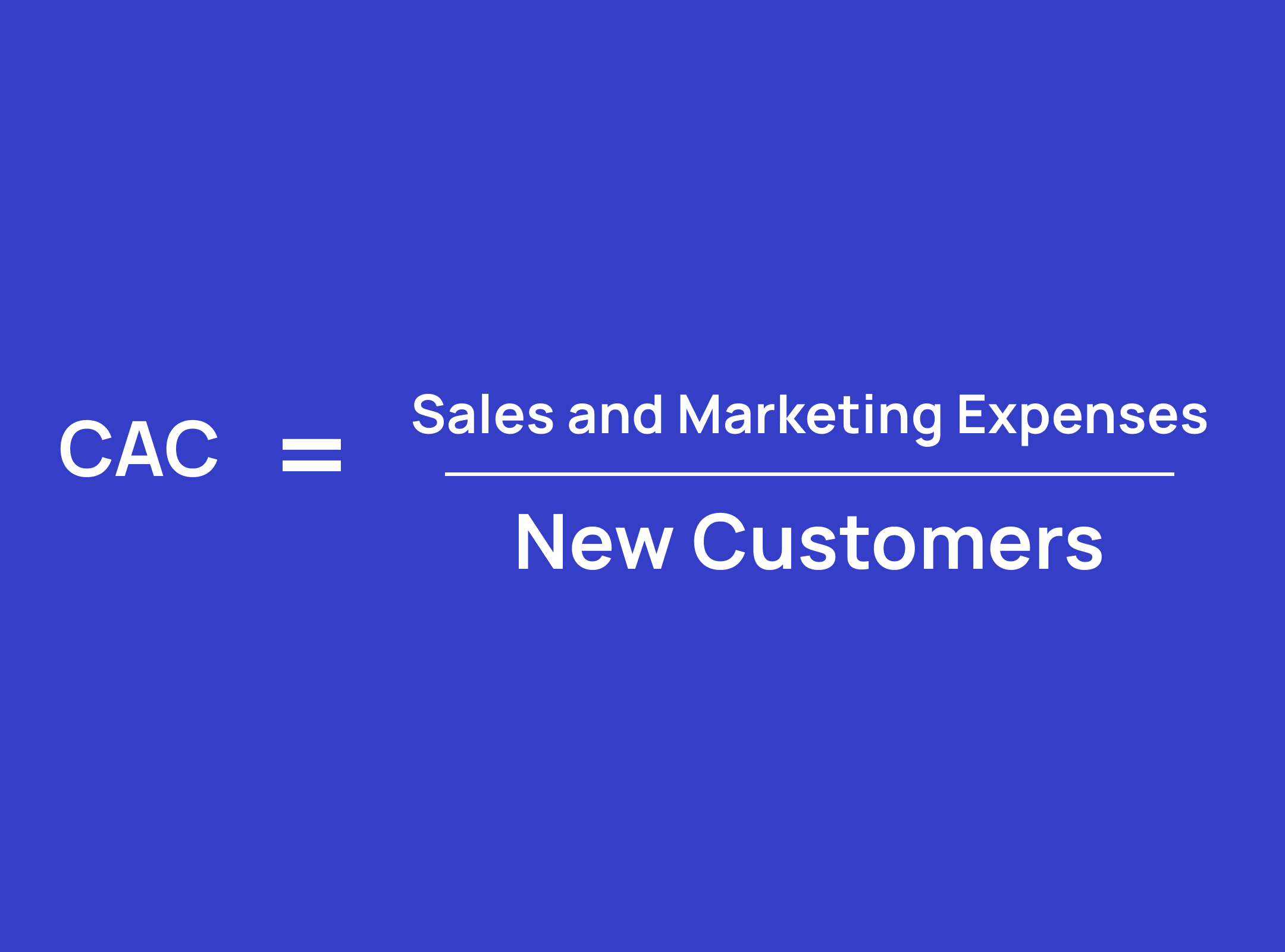 -Shopping cart abandonment rate (CAR) is one of the most important ecommerce KPIs to track. it shows you how many users are adding products to their shopping carts, but not completing the purchases. To calculate this metric, you need to divide the number of completed cart check-outs during a given period of time by the total number of loaded carts during the same period.
-Shopping cart abandonment rate (CAR) is one of the most important ecommerce KPIs to track. it shows you how many users are adding products to their shopping carts, but not completing the purchases. To calculate this metric, you need to divide the number of completed cart check-outs during a given period of time by the total number of loaded carts during the same period.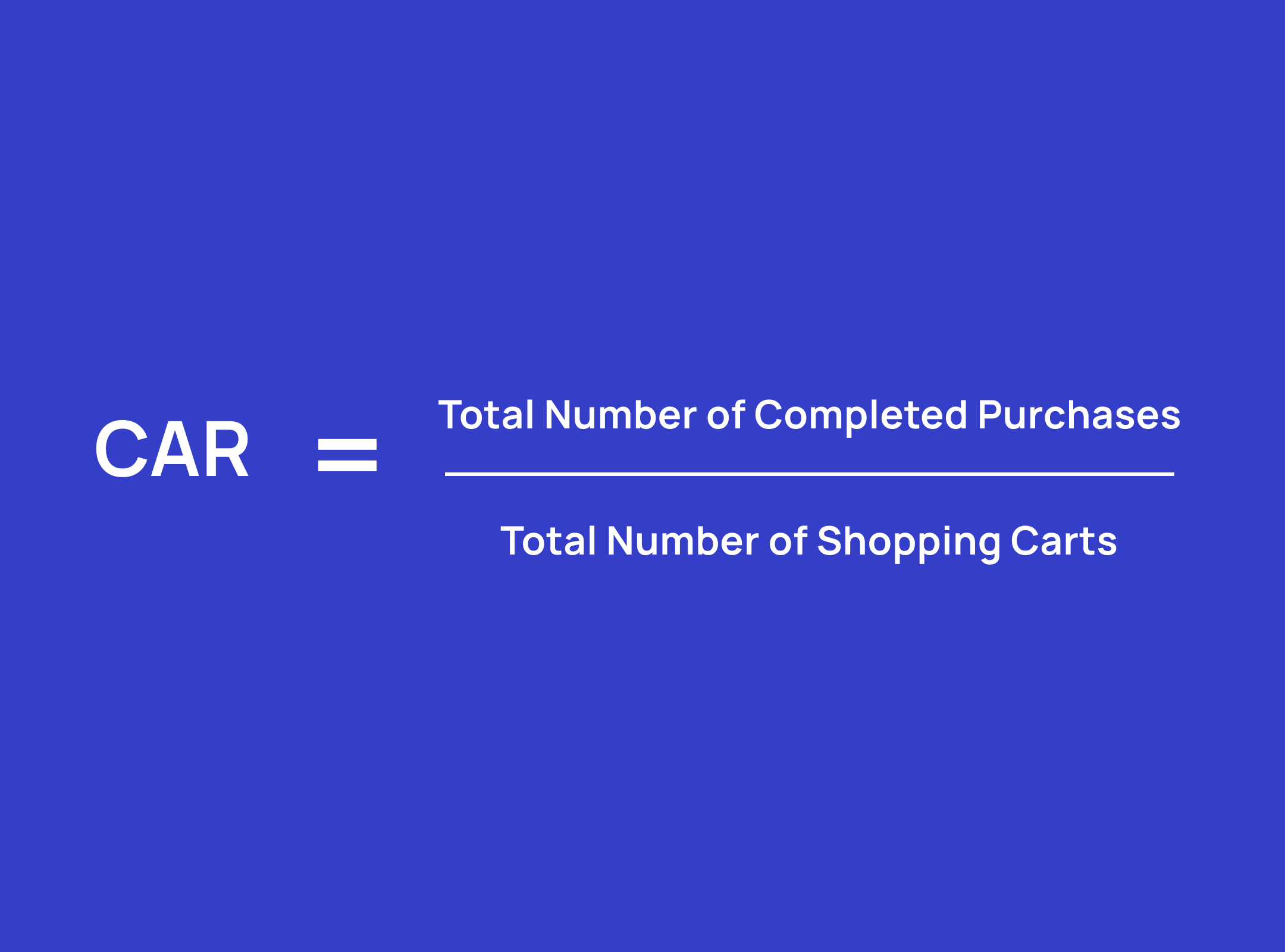 -Cost of goods sold (COGS) shows you how much you’re spending to sell a product. These spendings could be manufacturing costs, employee wages, overhead costs, and all other costs directly associated with distribution and production. COGS is found by taking the value of inventory at the beginning of the given year, adding the cost of any new inventory purchased over that year, and subtracting the value of inventory held at the end of the year.
-Cost of goods sold (COGS) shows you how much you’re spending to sell a product. These spendings could be manufacturing costs, employee wages, overhead costs, and all other costs directly associated with distribution and production. COGS is found by taking the value of inventory at the beginning of the given year, adding the cost of any new inventory purchased over that year, and subtracting the value of inventory held at the end of the year.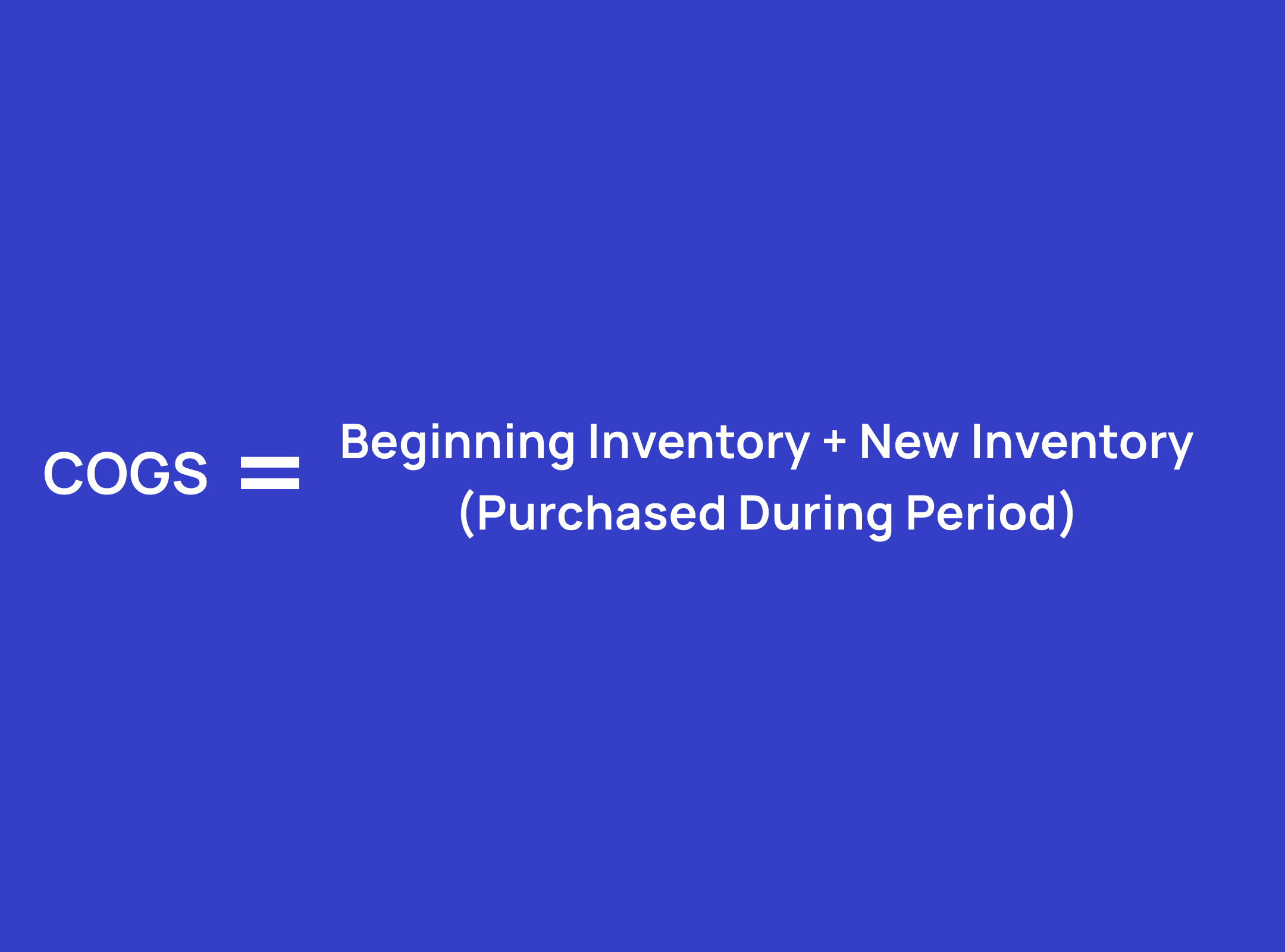 -Churn rate tells you how quickly customers are leaving your brand or canceling/not renewing a subscription with your brand. You can calculate it by subtracting the total number of customers remaining at the end of the chosen period of time from the number of customers at the beginning of that period of time and divide by the total number of customers at the beginning of the month.
-Churn rate tells you how quickly customers are leaving your brand or canceling/not renewing a subscription with your brand. You can calculate it by subtracting the total number of customers remaining at the end of the chosen period of time from the number of customers at the beginning of that period of time and divide by the total number of customers at the beginning of the month.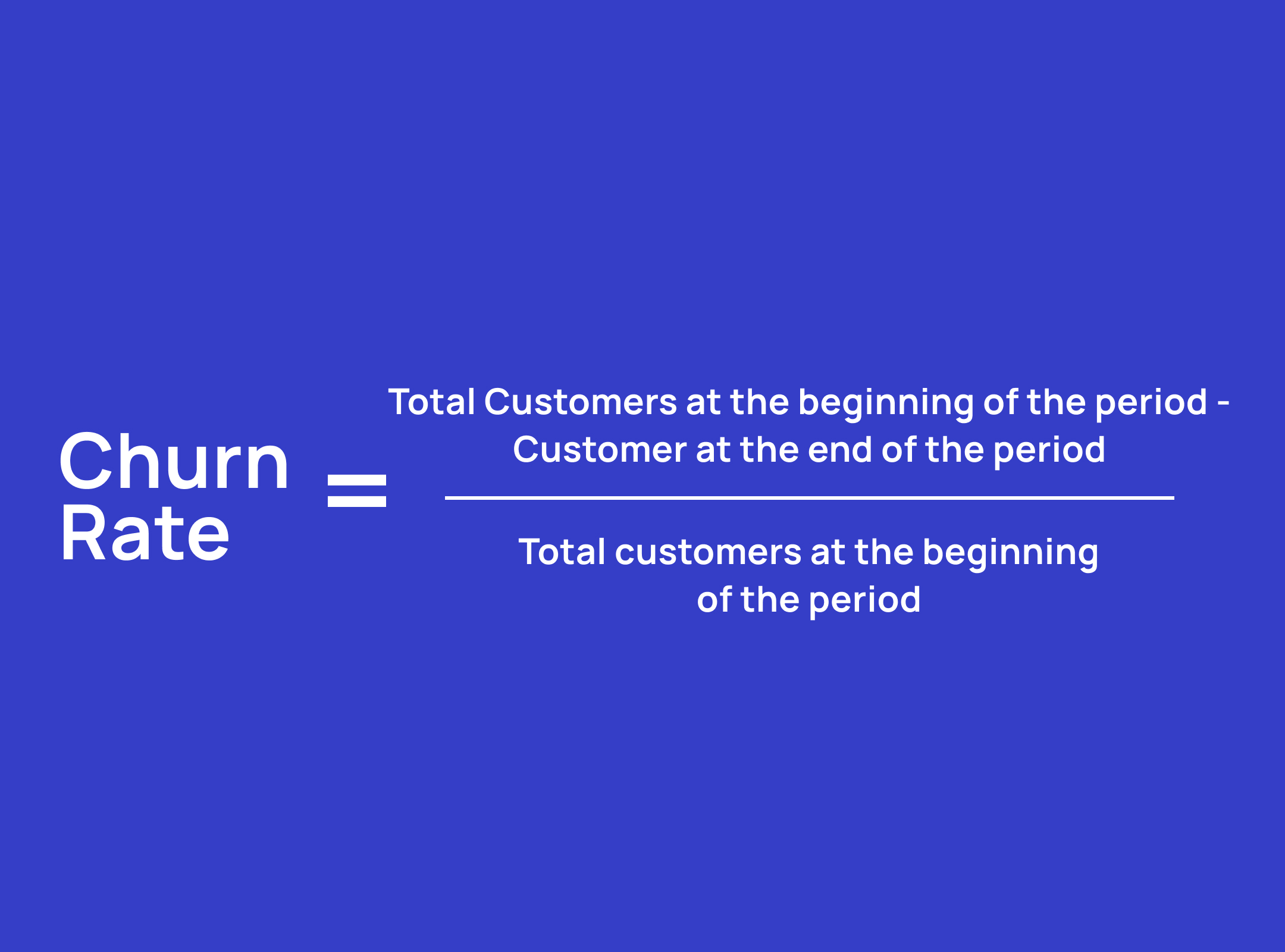 -Average profit margin is a percentage that represents your profit margin over a certain period of time. You can find this metric by dividing the gross profit of the chosen period of time by the total revenue of that period.
-Average profit margin is a percentage that represents your profit margin over a certain period of time. You can find this metric by dividing the gross profit of the chosen period of time by the total revenue of that period.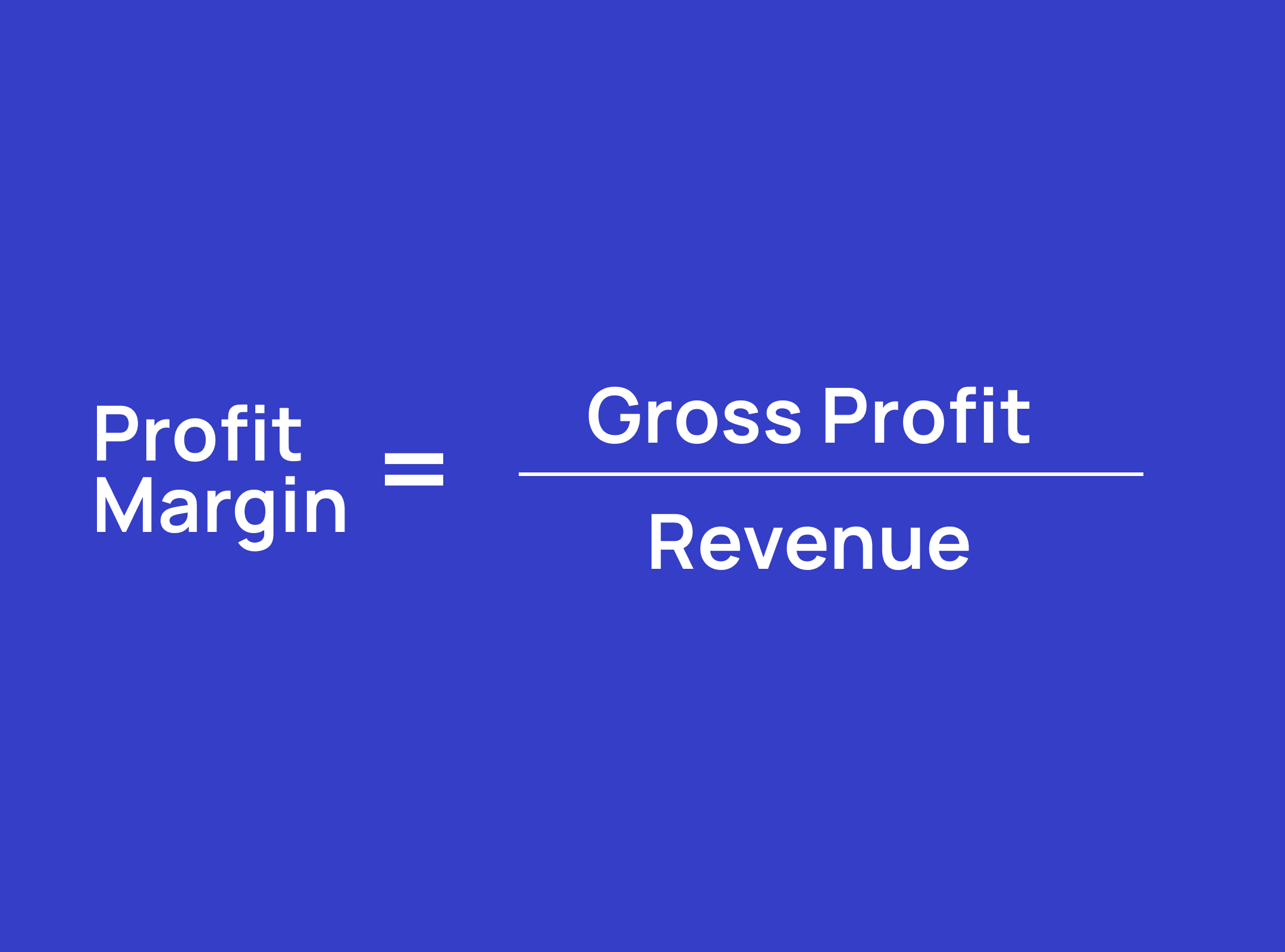 -Revenue per visitor is another important metric used to determine the average revenue you generate per visitor. You can find it by dividing total income by the total number of visitors over a certain period of time. For example, if last month you earned $70,000, and you received 100,000 visitors on your store website, your revenue per visitor will be $0.7.
-Revenue per visitor is another important metric used to determine the average revenue you generate per visitor. You can find it by dividing total income by the total number of visitors over a certain period of time. For example, if last month you earned $70,000, and you received 100,000 visitors on your store website, your revenue per visitor will be $0.7.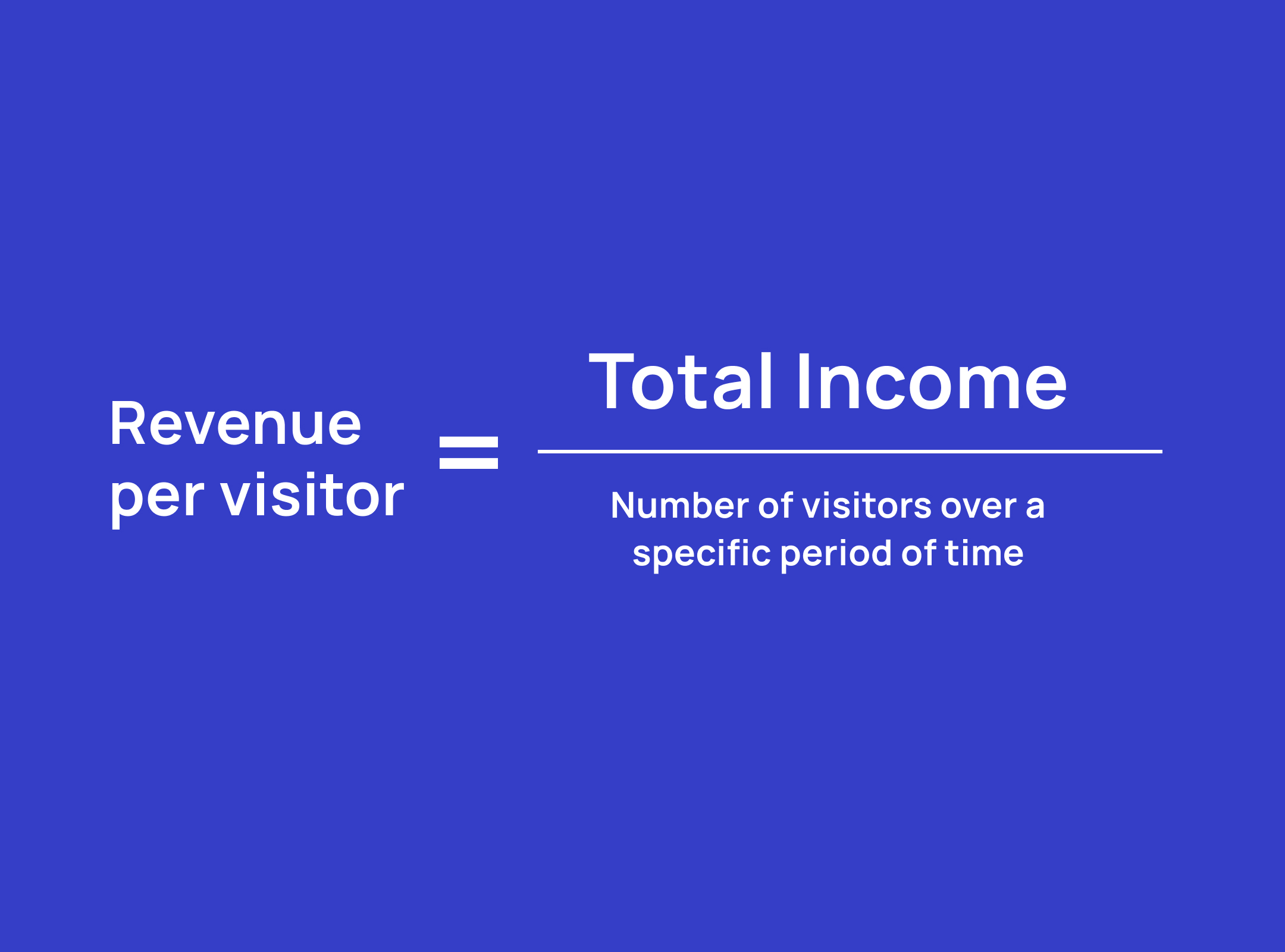
What Are Essential KPIs For Marketing?
 -New visitors versus returning visitors KPI compares the number of first-time visitors to your store website with the number of returning visitors. Tracking this KPI can get you a sense of how well your business is acquiring new customers and retaining existing ones. For instance, if you see a high number of new visitors, but a low number of returning visitors, you may want to focus on improving the user experience or offering incentives for returning visitors. If you have the opposite situation, where the number of returning visitors is higher than the number of new visitors, you may want to put some effort into marketing and advertising.
-New visitors versus returning visitors KPI compares the number of first-time visitors to your store website with the number of returning visitors. Tracking this KPI can get you a sense of how well your business is acquiring new customers and retaining existing ones. For instance, if you see a high number of new visitors, but a low number of returning visitors, you may want to focus on improving the user experience or offering incentives for returning visitors. If you have the opposite situation, where the number of returning visitors is higher than the number of new visitors, you may want to put some effort into marketing and advertising.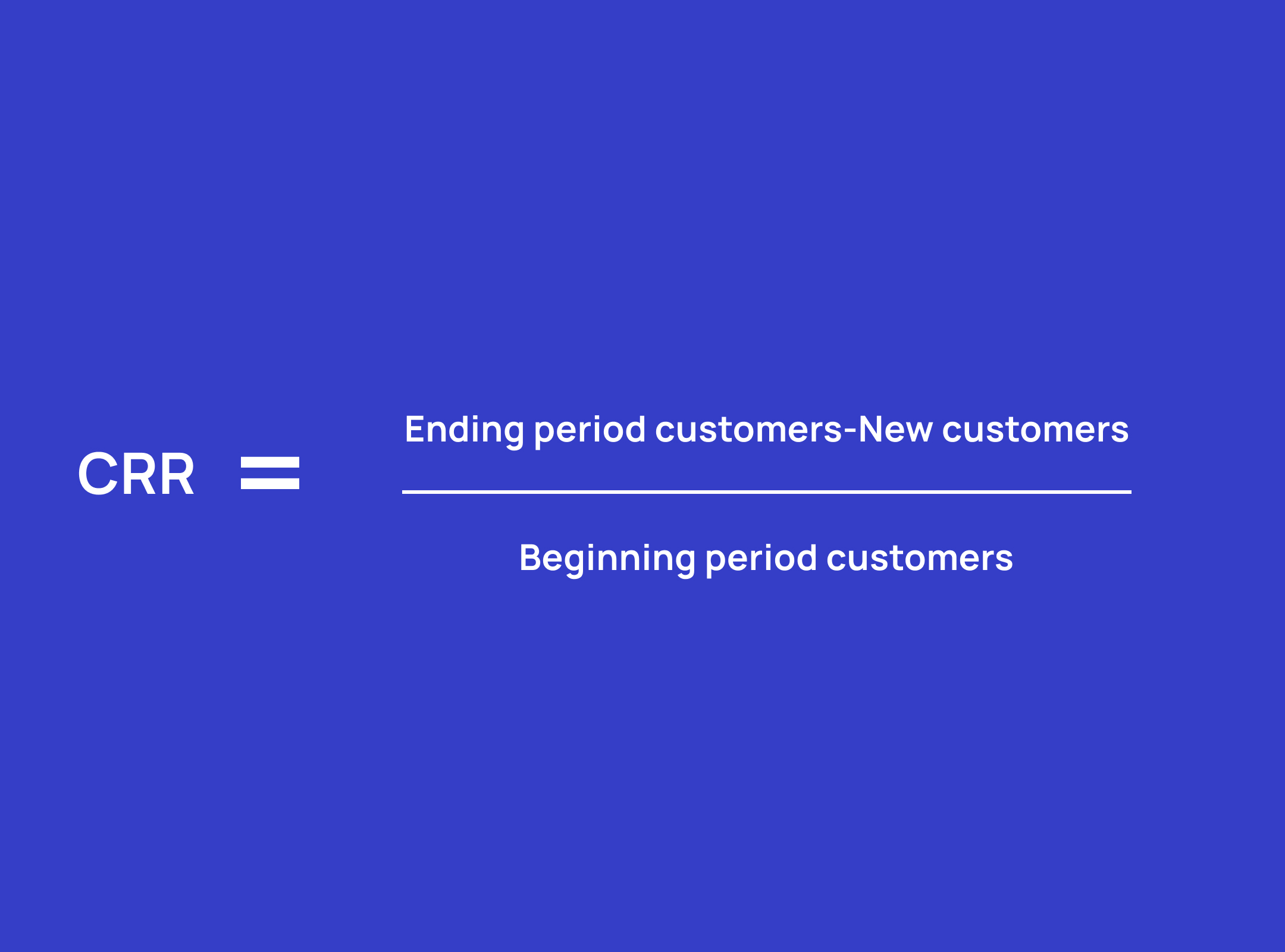 -Time on site shows you how much time visitors are spending on your website. Generally, more time spent means visitors have had a deeper engagement with your brand, which is only positive. However, you will obviously want to see more time spent on blog content and landing pages and less time on the checkout process.
-Time on site shows you how much time visitors are spending on your website. Generally, more time spent means visitors have had a deeper engagement with your brand, which is only positive. However, you will obviously want to see more time spent on blog content and landing pages and less time on the checkout process.
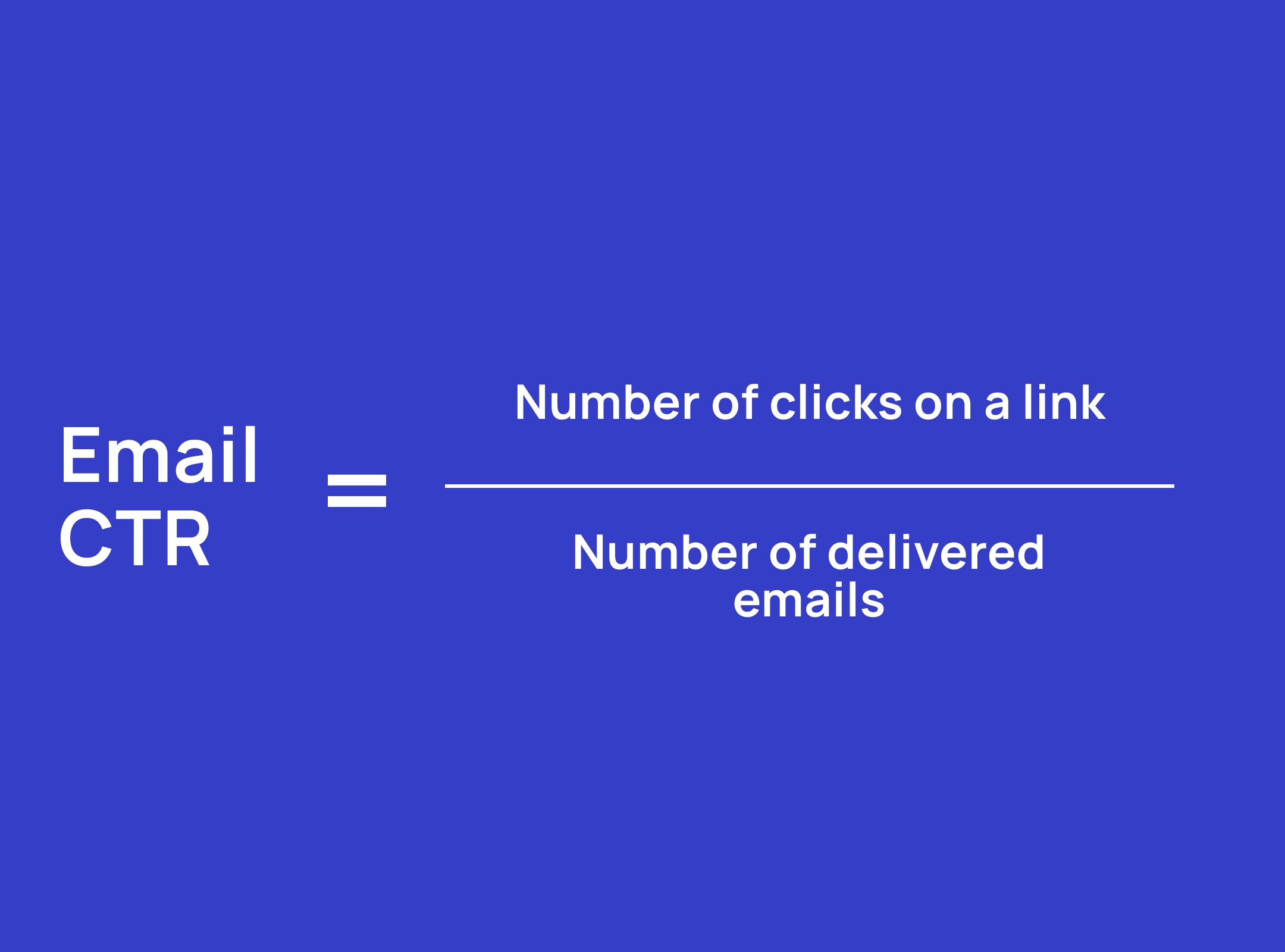 There are also other ecommerce KPIs related to email marketing such as email open rates, unsubscribe rates, forward or share rates.
There are also other ecommerce KPIs related to email marketing such as email open rates, unsubscribe rates, forward or share rates.What Are Essential KPIs For Customer Service?
What Are Essential KPIs For Manufacturing?
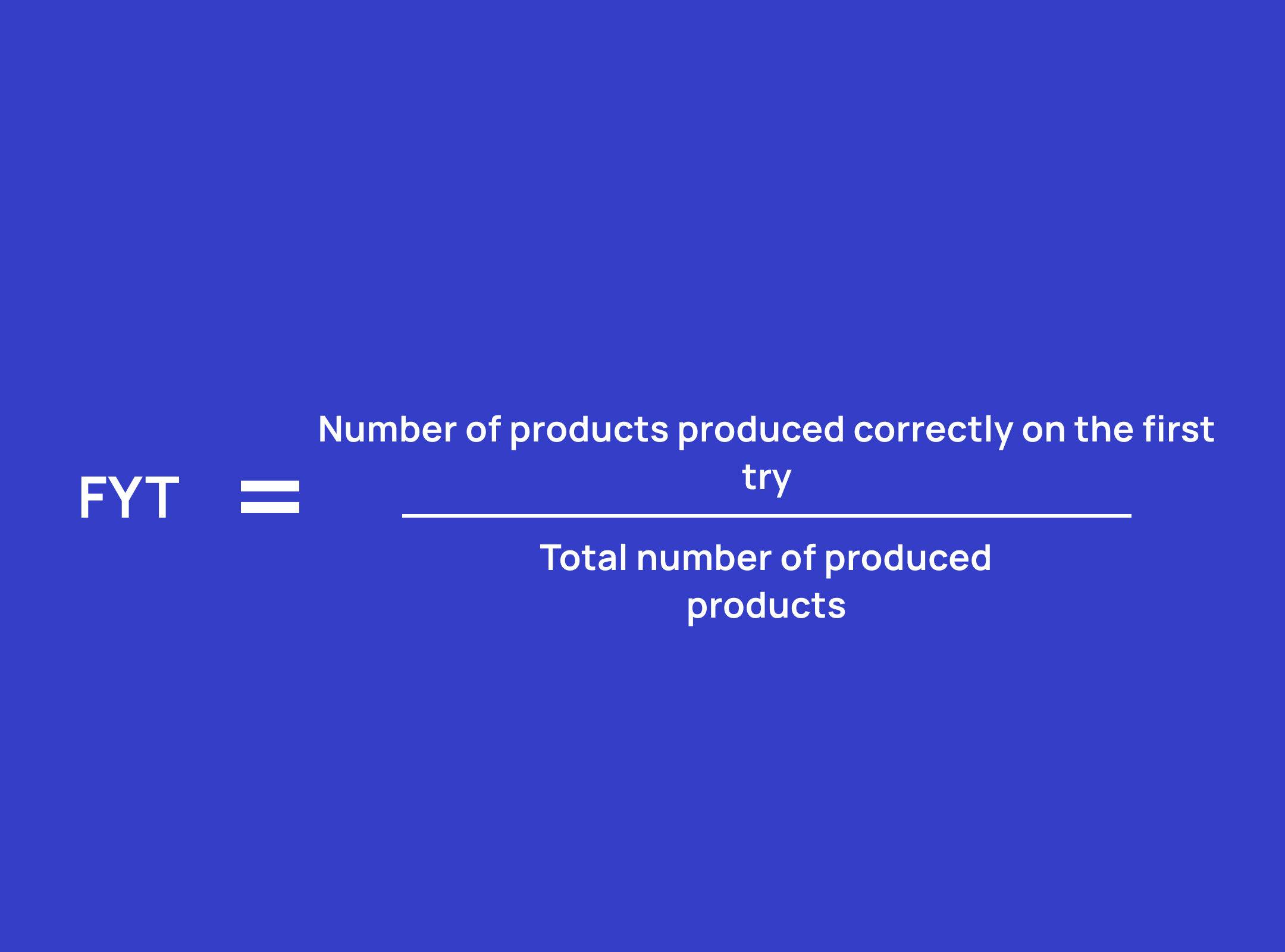
What Are Essential KPIs For Project Management?
How To Choose The Right KPIs For Your Ecommerce Store?
Conclusion

































